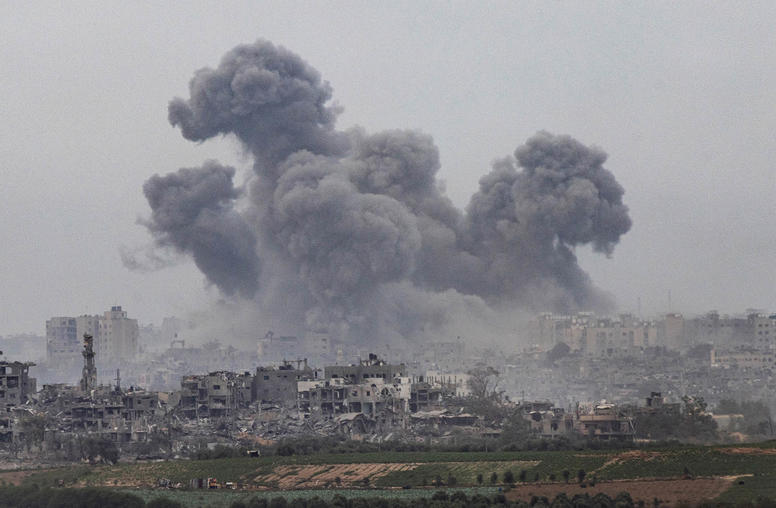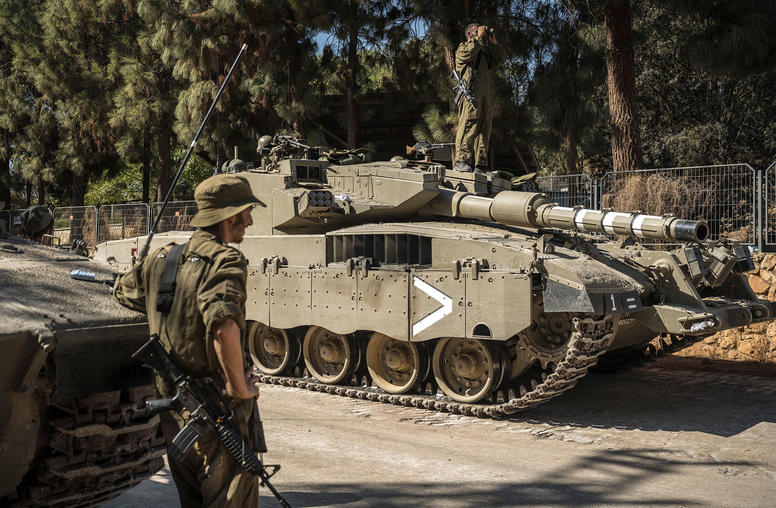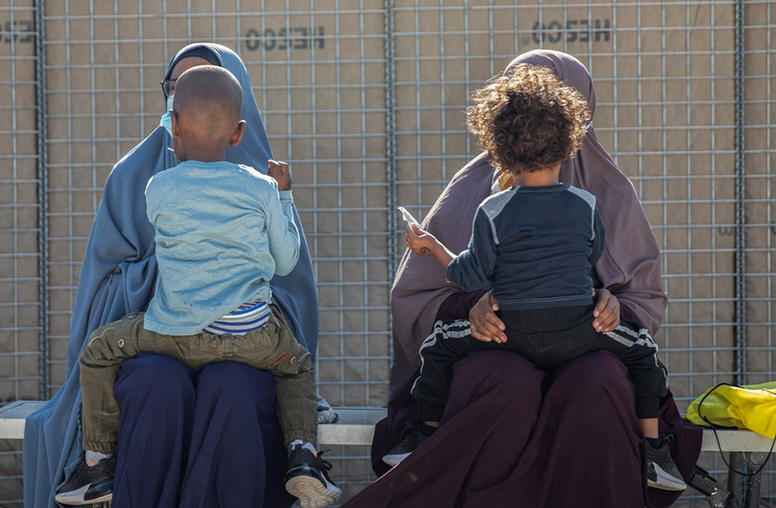Conflict Resolution in the Middle East
Simulating Diplomatic Negotiation Between Israel and Syria
Shortly before the Middle East peace talks began in November 1991, the United States Institute of Peace conducted a four-day simulation of what was about to unfold in the diplomatic dialogue between two enemy countries, Israel and Syria, whose representatives had never before sat together.
This volume presents a description of that exercise and its implications for peacemaking and conflict resolution in the Middle East, a discussion of simulations and their utility for diplomats and for the field of conflict resolution, and a discussion among the participants of prospects for the overall Middle East peace negotiations.



